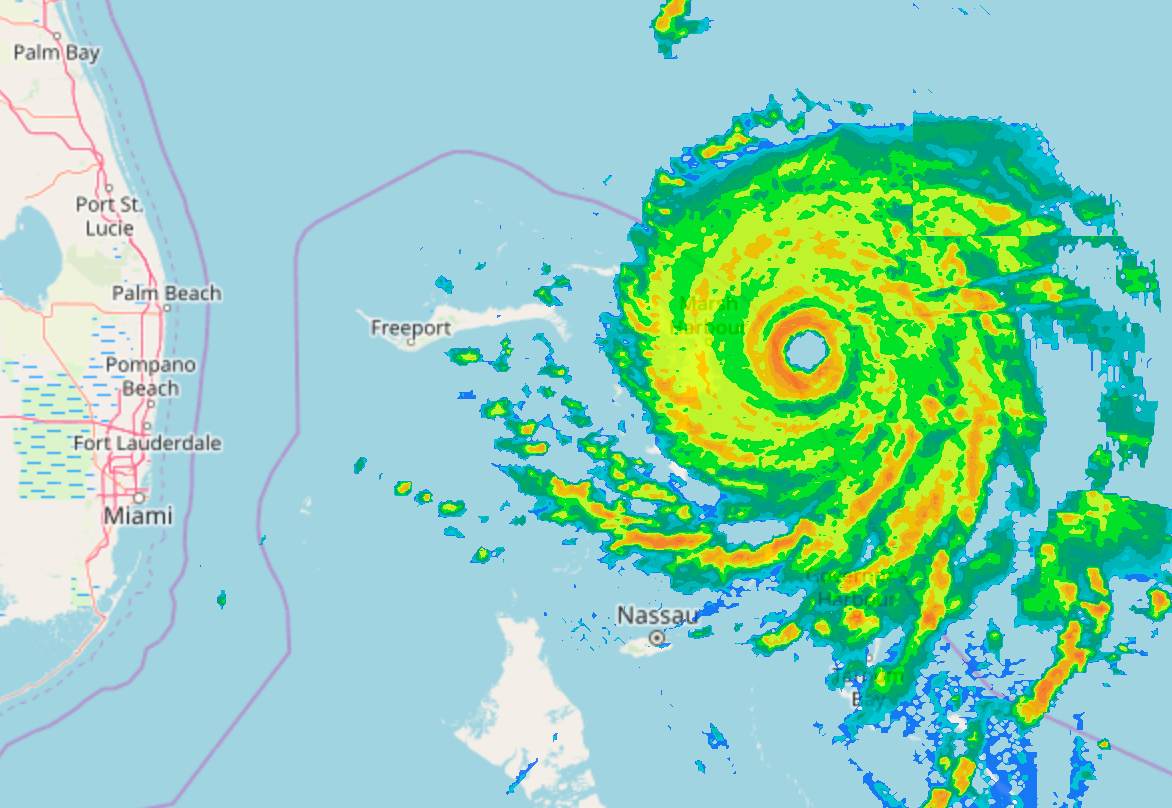Hurricane season forecast “very” active, with high landfall probability
The latest forecast updates for the 2020 Atlantic tropical storm and hurricane season continue to point to elevated chances of a particularly active year, with Colorado State University saying we should expect it to be “very” active, with above average landfall probabilities as well.
 The latest forecasts from two of the best connected teams, Colorado State University and Tropical Storm Risk, have both seen increased numbers published, suggesting a season for the insurance, reinsurance and insurance-linked securities (ILS) market to watch closely.
The latest forecasts from two of the best connected teams, Colorado State University and Tropical Storm Risk, have both seen increased numbers published, suggesting a season for the insurance, reinsurance and insurance-linked securities (ILS) market to watch closely.
First, the Colorado State University team led by Phil Klotzbach, who have given a total seasonal forecast, so including the already three tropical storms that have formed.
Incorporation these storms, the Colorado State forecasting team calls for 19 named tropical storms (up 3 to account for the storms already formed) during the 2020 season, with 9 becoming hurricanes (up one) and 4 major hurricanes.
The Colorado State team have also upped their forecast for accumulated cyclone energy (ACE) for the season from 150 to 160.
The probabilities of landfalling storms occurring that this forecast team also provide have also been increased and now sit well above average, a potential concern for reinsurance interests.
The data now suggests a 70% chance of a landfalling major hurricane on the U.S. coastline, well above the average of 52%.
For the east coast and Florida they give a 46% chance of a major hurricane making landfall in the 2020 season, well up on the 31% long-term average again.
For the Gulf Coast the probability of major hurricane landfall is 45% in 2020, again above the average of 30%.
There’s also a 59% probability given for a major hurricane to track into the Caribbean, up on the average of 42%.
The forecasters explain that they, “Now call for a very active Atlantic hurricane season in 2020, citing the likely absence of El Niño as a primary factor. Sea surface temperatures averaged across portions of the tropical Atlantic are somewhat above normal, while the subtropical Atlantic is much warmer than average. This type of sea surface temperature configuration is also considered favorable for an active 2020 Atlantic hurricane season.”
In addition, they cite the chances of “weak La Niña conditions by the peak of the Atlantic hurricane season” which could make conditions even more conducive to storm formation and hurricane intensification.
The Tropical Storm Risk (TSR) forecasters have increased their prediction for the 2020 hurricane season as well, raising their forecast to now 17 tropical storms, 8 hurricanes and 3 major hurricanes to form during the 2020 Atlantic tropical storm season, with accumulated cyclone energy (ACE) forecast at 135.
The number of storms forecast has only risen by one, but the TSR team also predict that there could be around 5 tropical storm landfalls in the U.S. during the season, and 2 hurricane landfalls.
The forecasters say they give a 30% chance that north Atlantic hurricane activity is above the long-term norm in the 2020 season.
“TSR slightly raises its April forecast due to updated climate signals pointing towards environmental fields in August-September 2020 that are slightly more favourable for Atlantic hurricane activity than thought previously. These anticipated fields are warmer than normal tropical North Atlantic water temperatures and weak La Niña ENSO (El Niño Southern Oscillation) conditions,” they explained.
Every forecasting team is predicting above average levels of tropical storm and hurricane activity during the 2020 season, some significantly above.
Of course, the number of storms is not necessarily an indicator of a threat to the reinsurance, catastrophe bond and insurance-linked securities (ILS) markets.
A single landfalling storm can cause significant damage and insurance or reinsurance market losses, while even a weaker storm can cause deadly impacts to lives and livelihoods.
Equally, we could have the most active season on record, but if no single storm made landfall in a populated and built up area then insured losses for the industry could still be low, with no impact to catastrophe bonds or ILS assets.
So it’s all about landfalls and their location, as well as the intensity of any storms or hurricanes that approach land over the coming months.
But the forecast do give cause for concern and the industry may find it is watching the tropics more closely than years where the forecast is for lower activity levels.
As ever, uncertainty remains and will continue to do so. But with the forecasts suggesting activity could be particularly high this year, with a heightened chance of landfalls being seen, reinsurance and ILS interests will be firmly on-watch for the coming months.
With these latest forecasts, our Artemis average still calls for 17 named storms, 8 hurricanes and 4 major hurricanes, which remains well-above the averages.
Track the 2020 Atlantic tropical storm and hurricane season on our dedicated page and we’ll update you as new information emerges.
Hurricane season forecast “very” active, with high landfall probability was published by: www.Artemis.bm
Our catastrophe bond deal directory
Sign up for our free weekly email newsletter here.
Original Article Posted at : https://www.artemis.bm/news/hurricane-season-forecast-very-active-with-high-landfall-probability/
